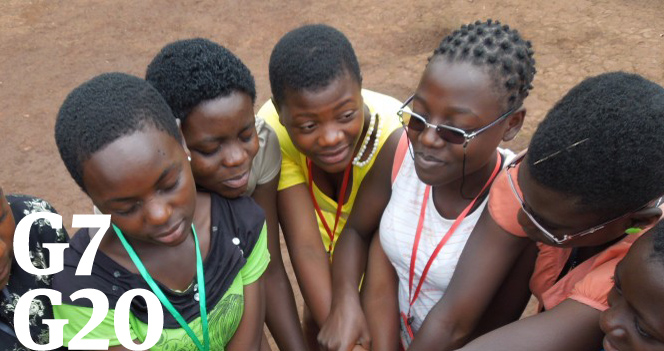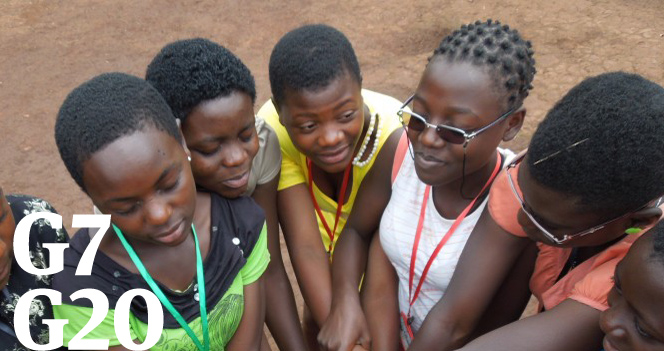[[[image 2-small left]]]PJ Cole is a One Young World Ambassador. He trains and mobilises community leaders in Sierra Leone. PJ studied law in the UK, where he also joined LifeLine Projects, supporting vulnerable young people. He now works in Sierra Leone directing a safe-home, four schools and a vocational skills programme.
Absence of an armed conflict does not always mean peace. This was evident with the recent Ebola crisis where Guinea, Liberia, and my native Sierra Leone were faced with the deadly Ebola Virus Disease (EVD), which destabilised the region and moved the United Nations Security Council to declare the outbreak “a threat to international peace and security”. Working on the Ebola response, it was clear that several key factors including poor infrastructure and low levels of education were partly responsible for the increased rate of EVD transmission. The initial method used to educate the public about the virus was through printed leaflets and posters, which were often wordy and therefore missed in areas of low literacy.
Many African nations enjoy freedom from warfare, but they are not necessarily at peace.
Uncontrollable disease outbreaks, coup d’états, extensions of term limits and armed conflicts are the result of years of instability. Poorer nations with high levels of youth unemployment often have an undercurrent of rancour in spite of perceived peace. Despite the ‘Africa rising’ narrative, 42.7% of the population in sub-Saharan Africa still live below the poverty line – an issue that is causing mounting internal pressures. A report by United Nations Habitat found that 14 million people in sub-Saharan Africa migrate from rural to urban areas yearly and, of those, 70% move into slums. Even more dangerously, young people stripped of choice frequently risk their safety and lives in journeys across North Africa into Europe.
Globalisation has meant an increased connectedness like never before, and Africa can no longer be referred to as the ‘dark continent’, far removed from the rest of the world. The continent is now home to 1.2 billion people (up from 478 million in 1980), and is set to contribute 54% of the world’s population by 2050. From any big-picture perspective, these population dynamics will have significant influence in globalisation.
Lack of education and high rates of unemployment are not sustainable, and these conditions often leave young people feeling like they have few options and are therefore more likely to engage in risky behaviours. For example, many have blamed the success of Boko Haram on high levels of poverty and a lack of opportunities.
True peace that is created and sustained through access to education, healthcare, employment opportunities and choice is essential to our security. Africa’s population growth could be what the world needs. Where Europe and other developed nations are in some cases experiencing nearly negligible population growth and an aging population, the reverse is true for sub-Saharan Africa. The continent is primed to be a major contributor to social and economic prosperity globally. But whether this population growth has a positive or negative impact will depend on our actions now; how we invest in young people across Africa.


